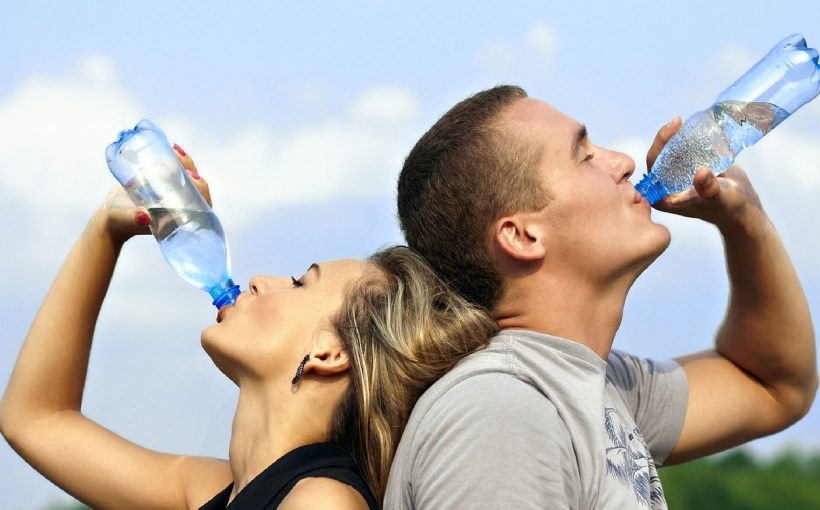We’ve been lucky with more rain and cooler weather this summer. My friend Terry in Arizona has not been as fortunate.
“I love the temps you guys are having,” she messaged me. “It’s always hot here in the summer but it is intense this year!”
No kidding. Weather forecasters recently reported that unrelenting high temperatures in the Phoenix area could be the most intense heat wave experienced in the Valley of the Sun since records began.
How do our bodies stay cool when we get overheated?
We sweat. It’s the evaporation of water from perspiration that helps cool us. When body fluids are used up to fuel sweat glands, we can become dehydrated in a hurry, according to a fascinating review on sweat (really) in a scientific journal appropriately called Temperature.
Heat stroke—a condition caused when the body gets overheated—is life-threatening. A severe lack of fluids can even cause major organs to shut down. Not good.
About 60% of our body weight is water, according to the U.S. Geological Survey. Besides sweat, water is the basis of all our body fluids, including saliva, blood, urine and the fluid that cushions our joints. That’s why we need a constant supply to keep everything working as it should. On average, women need around 9 cups of fluids a day, and men need 13 cups.
If that sound like a lot, remember that “fluid” includes water, coffee, tea, milk, fruit and vegetable juices and other beverages except alcohol (sorry). Best to avoid beverages loaded with sugar as well.
One easy way to assess the adequacy of your fluids: Check your urine. If it is darker than light lemonade, up your fluid intake. Other signs of dehydration include fatigue, dizziness and confusion.
When we sweat profusely, our bodies lose mostly water and salt (sodium and chloride) but also small amounts of potassium, calcium, iron and other nutrients. So how do we beat the heat?
According to the U.S. Centers for Disease Control and Prevention, the most important way to prevent heat illness is to drink enough fluids. And don’t wait until you’re thirsty to drink. Thirst alone is a faulty indicator of fluid levels.
Plain water is generally sufficient if you eat regular meals, says the CDC. Two slices of whole grain bread, for example, supplies similar amounts of sodium, potassium and other electrolytes as a 20-ounce sports drink. (People who exercise and sweat for long periods of time without meals may need fluids with carbohydrates and electrolytes.)
When working in the heat, we are advised to drink 1 cup (8 ounces) of water every 15 to 20 minutes. That translates to about 24 to 32 ounces per hour, says the CDC. And drink a little at a time, they advise. It’s more effective than gulping large amounts at once.
Do not drink more than 48 ounces of water or other fluids (including sports drinks) per hour, warns the CDC. Excess water can be deadly if it dilutes the concentration of salt in the blood, which can cause brain cells to swell.
Barbara Intermill


